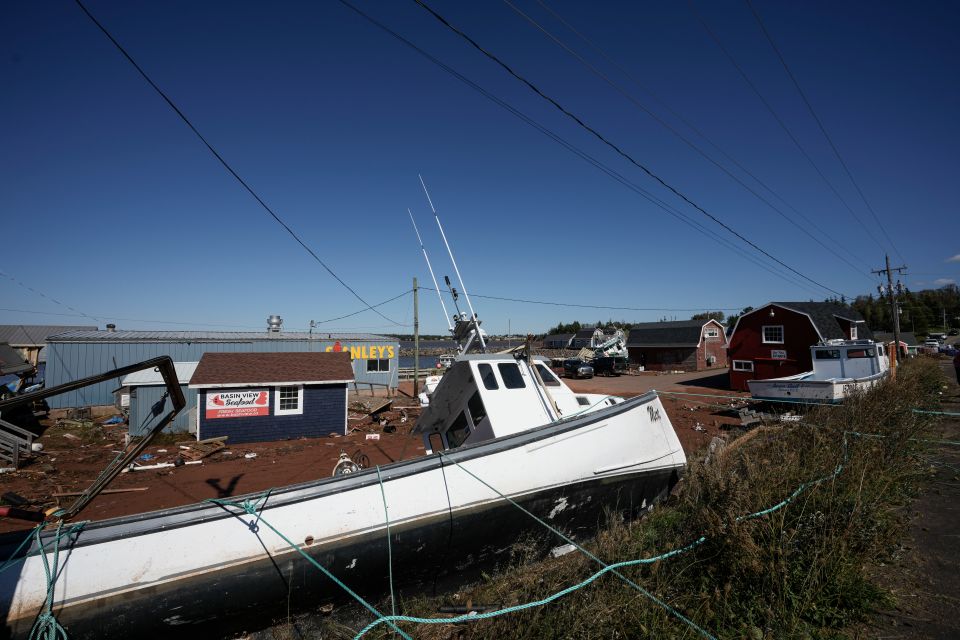- Hundreds of thousands of people on the East Coast were left without power as trees were uprooted and homes were ripped in half by Fiona’s devastating winds.
Hurricane Fiona hit eastern Canada with winds exceeding 90 miles per hour, after passing through the island of Bermuda, leaving in its wake destruction never seen before, with houses destroyed or washed away by strong water currents.
Given the situation, authorities in Canada acknowledged that it will take several months to restore critical infrastructure after the passage of Fiona, which left a trail of “unprecedented” destruction, while crews were deployed in five provinces to restore power and clean trees. fallen and debris.
“It’s like a full-blown war zone,” said Brian Button, mayor of Port aux Basques, one of the hardest-hit towns in far southwestern Newfoundland with just over 4,000 residents. More than 20 houses were destroyed and the cost of the damage “is in the millions (of dollars) here now,” Button said.
No deaths have been confirmed so far, but Newfoundland police are searching for a 73-year-old woman who they suspect was swept out to sea.
“The woman was last seen inside her residence moments before a wave hit the house and ripped out a portion of the basement. She has not been seen since,” police said in a statement.
Hundreds of thousands of residents in Nova Scotia, Prince Edward Island, Newfoundland, Quebec and New Brunswick were without power on Sunday. Blair said hundreds of utility crews had already been deployed to restore power.
“When all is said and done … Fiona will turn out to have caused the most damage of any storm we’ve ever seen,” Nova Scotia Premier Tim Houston said.
Authorities warned on Saturday that in some cases it would be weeks before essential services could be fully restored.

